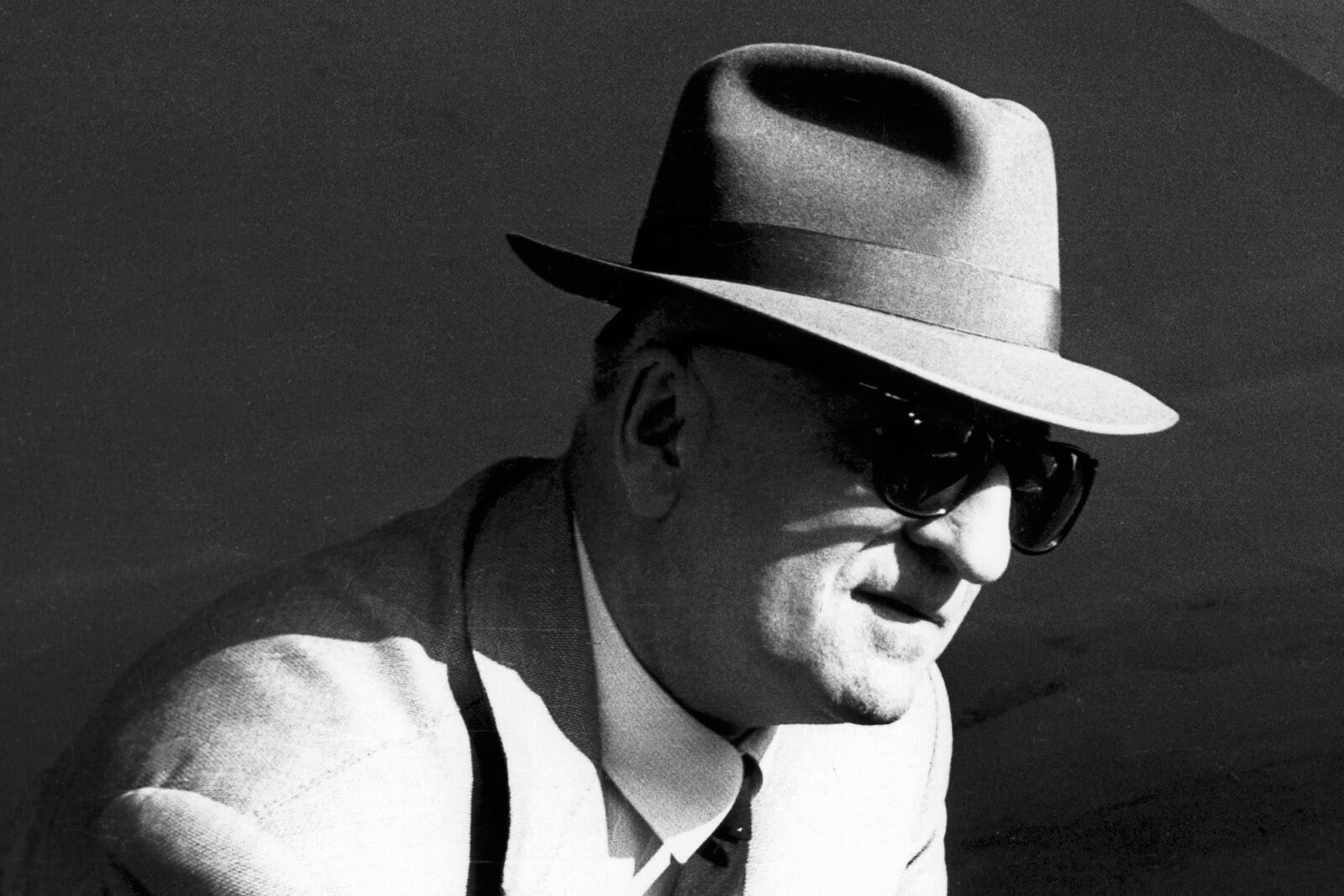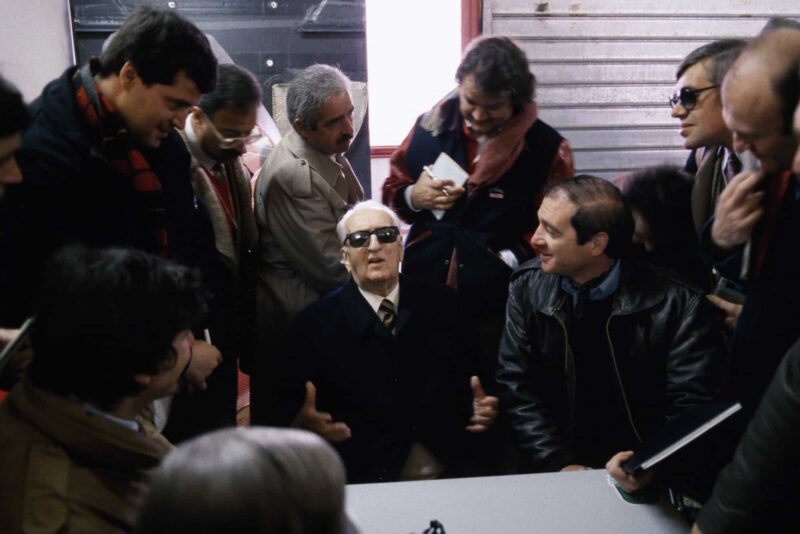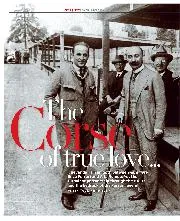Enzo Ferrari traded on this feeling among his followers by insisting that they did not use any form of title such as Mr, Signore, Cavaliere, Commendatore or Ingegnere, and certainly not Enzo. He claimed he was just “Ferrari” and, of course, in normal everyday life in Italy, the name Ferrari was about as impressive as Smith in England! In his home town of Modena he was usually referred to in conversation as “Zio Enzo” (Uncle Enzo).
His original Scuderia Ferrari was originated and established in Modena, some thirty miles west of Bologna, but wartime work for the Italian Government enabled him to establish a new factory at Maranello, south of Modena, and it was here that he built his Ferrari car factory. He never forsook Modena, living in a modest apartment in the centre of the town even when his whole manufacturing empire had moved to Maranello, and it was at home in Modena that he died.
I have already suggested that the best thing that happened for motor racing was Ferrari’s argument with Wilfredo Ricart, which forced him to manufacture his own cars. The next best thing that happened was to get Gioachino Colombo to leave Alfa Romeo and design the first Ferrari engine. It was either luck or a stroke of genius that prompted Colombo to design a V12 engine for the first Ferrari, for the sound of all those tiny cylinders was sheer music: first as a 1.5-litre, the a 2-litre, and by steady increments up to 5-litres (there was even a one-off 7-litre!). Though Colombo did not stay to see the development through – other engineers did that – the whole musical sound of Ferrari came from the initial decision taken in 1945.

Ferrari surveys his empire
Mondadori via Getty Images
It is interesting to conjecture what would have happened if the first Ferrari had been a four-cylinder or a six-cylinder, and been just as successful. The thrill and excitement of a Ferrari engine would never have materialised and a big part of the Ferrari legend would be missing. Even though his engineers subsequently designed successful four, six and eight-cylinder engines, none of them emitted the true music of a real Ferrari.
More than anywhere, it was the Le Mans 24-Hour Race that brought the song of a Ferrari V12 to many thousands of ears, as it did not pass by in a fleeting moment, but was continuous for 24 hours. If you didn’t enjoy that music you were destined to suffer for 24 hours, for one thing that made Ferrari engines admired the world over was their incredible reliability. This was easily understandable, for the engine was the heart of the racing car to Ferrari and everything went into the design and development of Ferrari racing engines, even if such vital things as brakes, suspension, chassis-frames and gearboxes were a bit primitive at times.






